Designing Interiors for Health & Wellbeing
Eating right, exercising, getting enough sleep, mastering stress and practicing mindfulness, it all definitely adds up to longevity and enhanced well-being. Nevertheless, we are becoming more and more aware of the role of our surroundings – the built environment in which we live, learn and work — play in this equation. Wellness focused interior design is an on growing design ethos; it realizes that residential and commercial spaces can greatly influence our physical health, as well as our emotional state of mind.
(According to the 2001 National Human Activity Pattern Survey) We spend 90% of our time indoors! Which really shows us the importance of our environments we spend most of our time in.
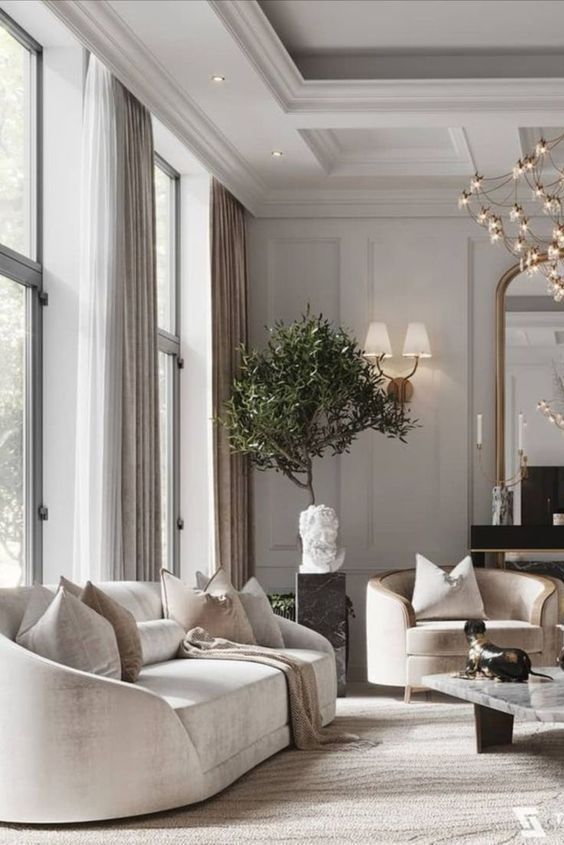
Wellness
Wellness is an active process of becoming aware of and making choices toward a healthy and fulfilling life. Wellness covers so many different facets of our lives:
- Exercise and Fitness
- Nutrition
- Work Life Balance
- Relaxation
- Mindfulness
- Including….Creating an Environment & Living in Space That Nourish the Mind & Body
So, focusing on Environment I am going to hit on some key areas that can improve wellness focused on Interior Design. Hopefully after reading through them, you will find one our two areas “tools” you can use that will improve your environment and make you a healthier happier you.
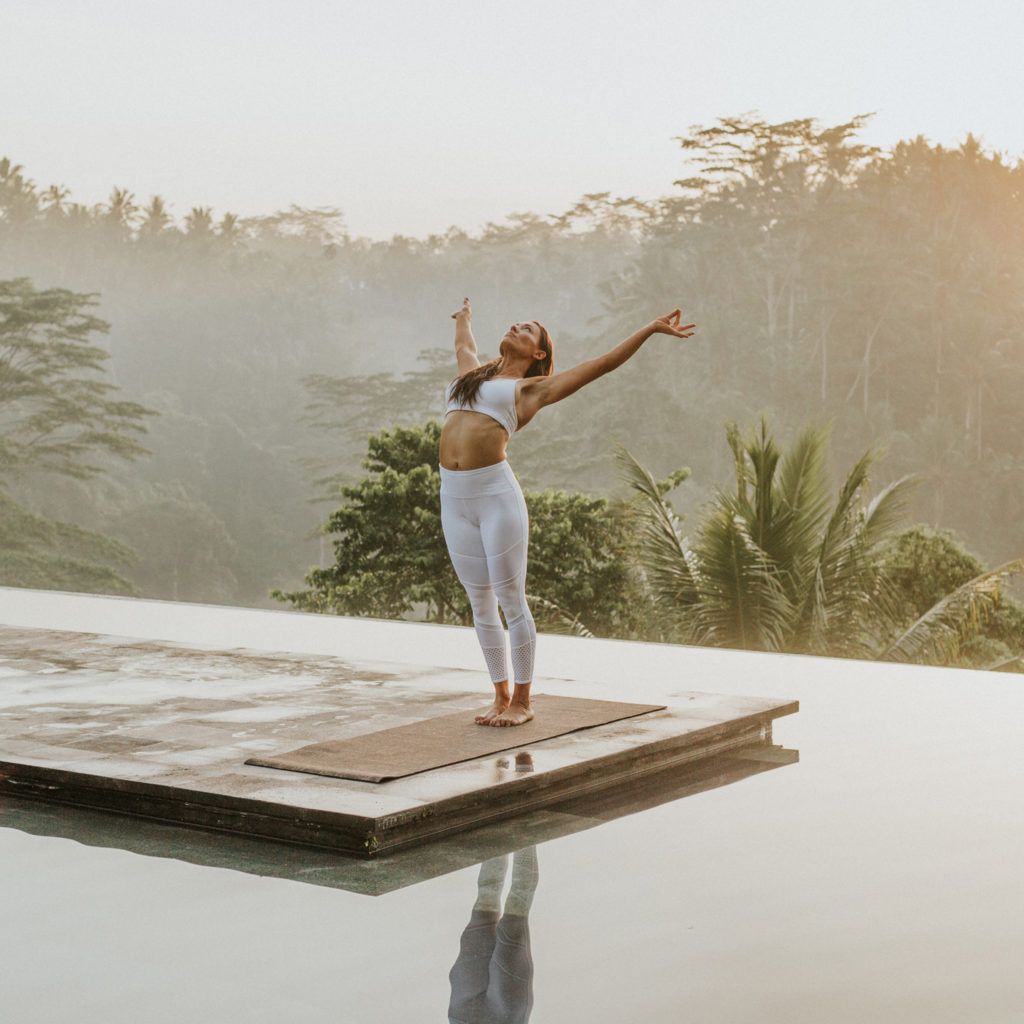
Bringing The Outdoors In
What Is Biophilia?
Biophilia describes the human drive to connect with nature and other living things. Nature’s power for humanity can influence our mental health, our hobbies, our travels, and our homes and workplaces.
If biophilia delivers benefits to humans, then our increased distance and detachment from the natural world, due to urbanization, technological advances, and other factors, could have negative effects on our well-being—not to mention on nature itself.
In every project I do I always bring the outside in and try to create environments that reflect nature in obvious and subtle ways. I started studying Feng Shui in college and do try to bring a harmonious balance of the five elements: wood, fire, metal, earth, and water.
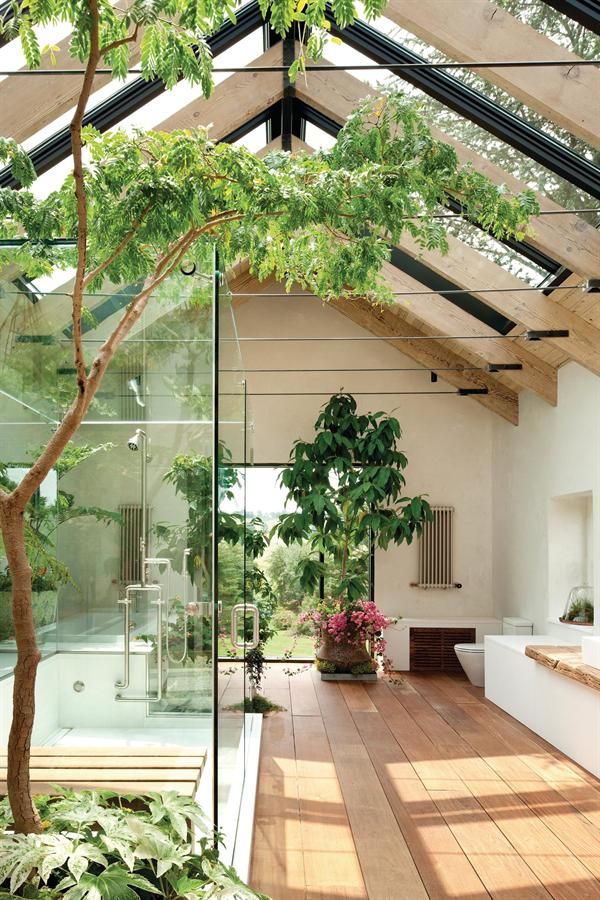
Lighting
Lighting is one of the most important elements in our home design. When speaking about light, natural light takes the center of the discussion. Something as simple as natural day light can provide a tremendous health and wellness boost. Many studied gives us the proof that it improves productivity, alertness, mood – it can affect our physiological or psychological state. Day light helps with our Circadian rhythms, production of melatonin, gives us vitamin D….
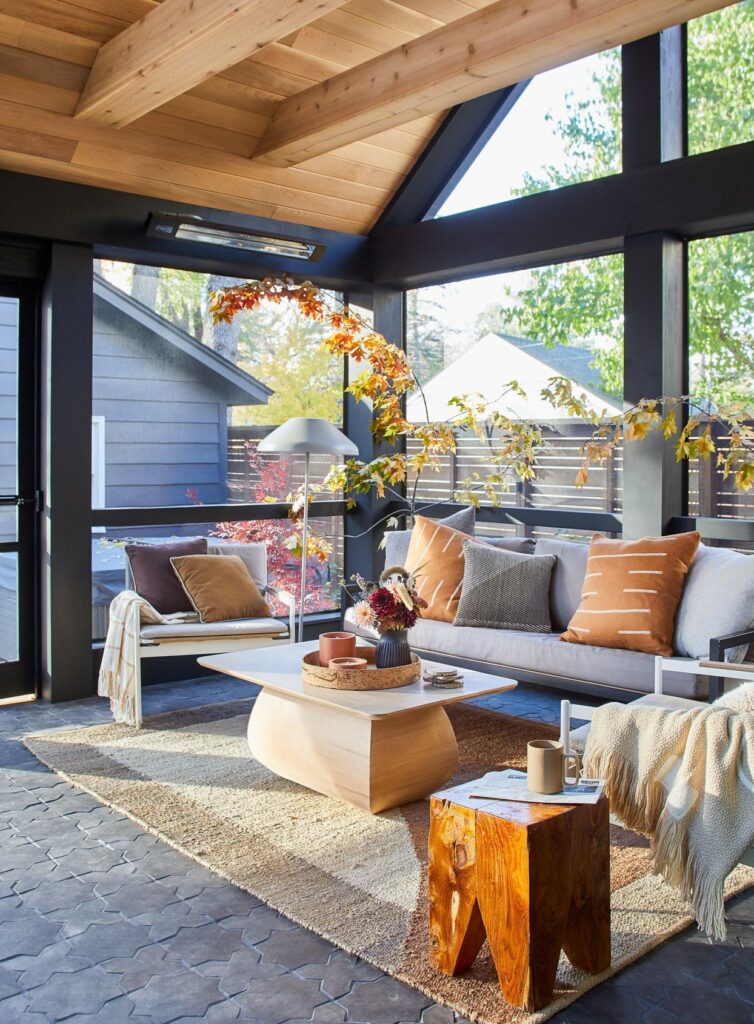
Colors
It should come as no surprise that color can have a strong impact on the mood of a room and how it makes you feel. Color is difficult to discuss as it is largely a matter of personal taste. Color is a powerful communication tool and can be used to signal action, influence mood, and even influence physiological reactions. Certain colors have been associated with physiological changes, including increased blood pressure, increased metabolism, and eyestrain.
Symbolic Color Meaning
- Red: Passion, excitement, love
- Pink: Soft, reserved, earthy
- Purple: Mysterious, noble, glamorous
- Blue: Wisdom, hope, reason, peace
- Green: Nature, growth, freshness
- Yellow: Hope, joy, danger
- Orange: Warmth, kindness, joy
- White: Truth, indifference
- Black: Noble, mysterious, cold
Emotional Associations With Color
- Black: 51% of respondents associated black with sadness
- White: 43% of people associated white with relief
- Red: 68% associated red with love
- Blue: 35% linked blue to feelings of relief
- Green: 39% linked green to contentment
- Yellow: 52% felt that yellow means joy
- Purple: 25% reported they associated purple with pleasure
- Brown: 36% linked brown to disgust
- Orange: 44% associated orange with joy
- Pink: 50% linked pink with love
Color Psychology as Therapy
- Red is used to stimulate the body and mind and to increase circulation.
- Yellow is thought to stimulate the nerves and purify the body.
- Orange is used to heal the lungs and to increase energy levels.
- Blue is believed to soothe illnesses and treat pain.
- Indigo shades are thought to alleviate skin problems.

Organization
The biggest impact is, in fact, the little things. Clutter – shoes and coats piled up at the entrance, wardrobes stuffed with clothes we haven’t worn, the dining table without much space for actually having a meal. I can’t emphasize enough how these things have an impact on our mood, our relationships and even on our sleep. Having a messy environment isn’t going to help you in any way. It plays on your mind without you even realizing.
Only keep items in your home that spark joy, discard the items that don’t, and organize everything in a way that makes items easy to find.
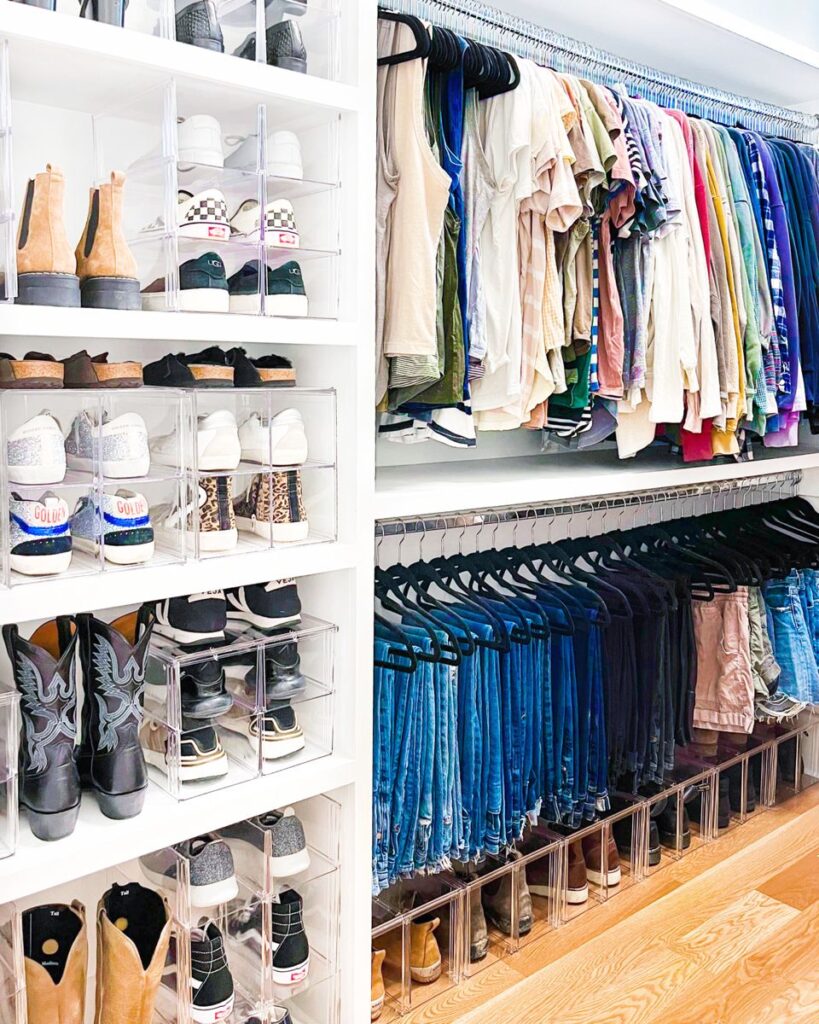
Designing Your Home To Reflect The Life You Want
In the end the things that transform a space into a home are the personal touches. And that’s true for improving the wellness aspects as well. Find what small things make you happy and calm when you look at them, and then fill your home with them.
